BOUGUEREAU, William Adolphe
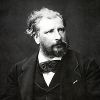
Born in La Rochelle, France on 30 November 1825, Bouguereau displayed his rare talent for drawing at a very early age. Given a classical education by his uncle, a curate, he went on to study at the Ecole des Beaux-Arts in Paris, where after two years of part time study, he won first prize for figure painting and his career was launched.
Bouguereau became a highly sought after portrait painter and was enthusiastically received by the public who saw in his pictures a timeless beauty of great sensual, emotional and intellectual appeal. He was to become very influential as a teacher of drawing at the Ecole des Beaux-Arts and the Academie Julian, remaining a staunch supporter of the academic training system at a time when it was criticised for stifling originality and nurturing mediocrity.
By the end of his long life he had painted close to seven hundred works, won great popular acclaim, received medals for his art at expositions in France, Germany and the Netherlands and been decorated by the governments of Belgium and Spain. In 1888 he was appointed a professor at the Ecole des Beaux-Arts in Paris and he continued painting and exhibiting until his death in 1905.
Showing 1–16 of 19 results
-
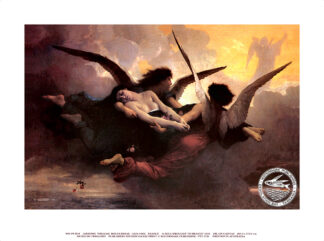
A SOUL BROUGHT TO HEAVEN – Giclee Print
$ 94.00 Add to cart -
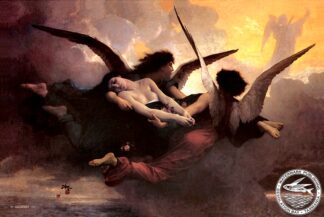
A SOUL BROUGHT TO HEAVEN – Greeting Card
$ 4.95 Add to cart -
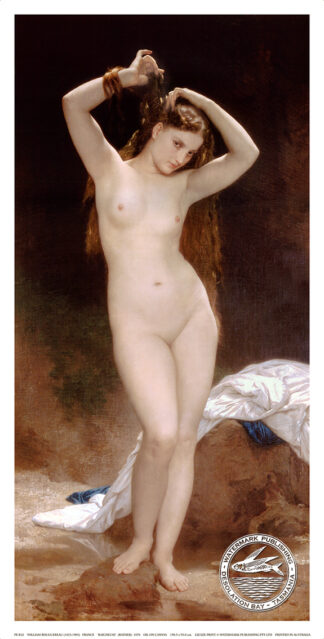
BAIGNEUSE (Bather) – Giclee Print
$ 175.00 Add to cart -
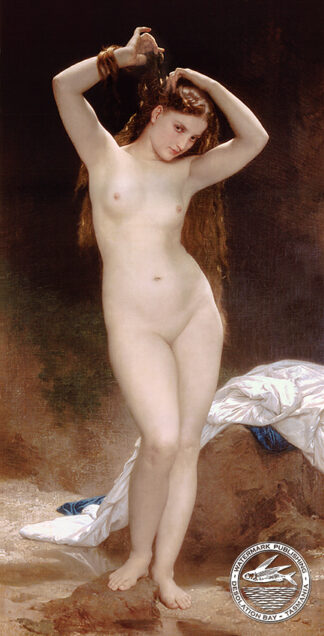
BAIGNEUSE (BATHER) – Greeting Cards
$ 4.95 Add to cart -
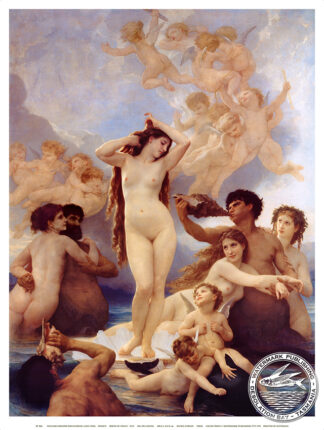
BIRTH OF VENUS – Giclee Print
$ 270.00 Add to cart -
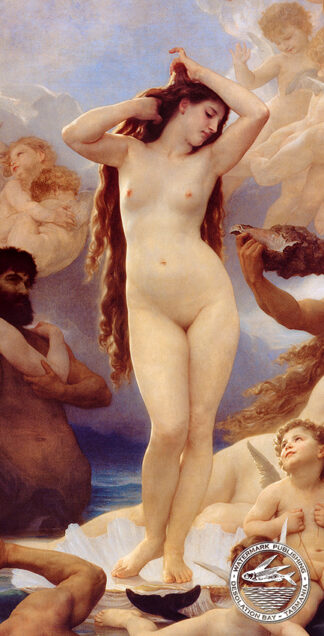
BIRTH OF VENUS – Greeting Card
$ 4.95 Add to cart -
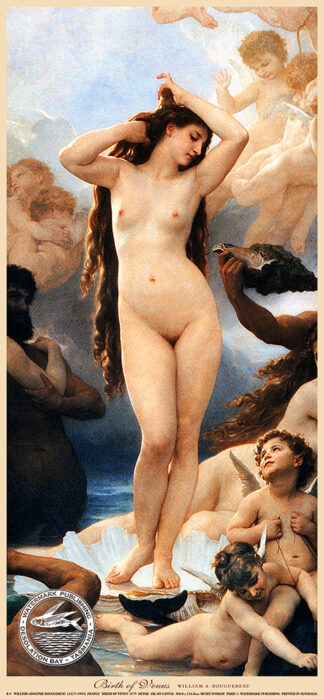
BIRTH OF VENUS – Offset Print
$ 16.00 Add to cart -
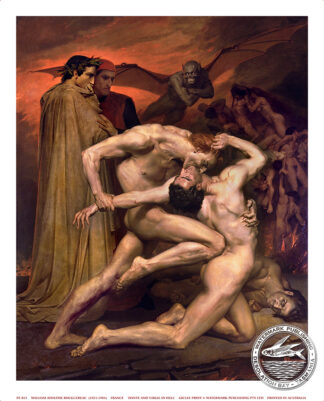
DANTE AND VIRGIL IN HELL – Giclee Print
$ 110.00 Add to cart -

EVENING MOOD 1882 – Bookmark
$ 1.95 Add to cart -
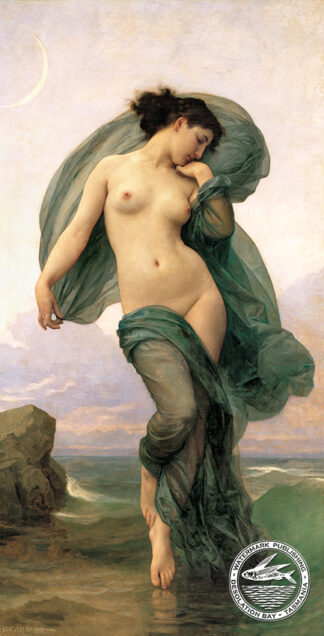
EVENING MOOD 1882 – Greeting Card
$ 4.95 Add to cart -
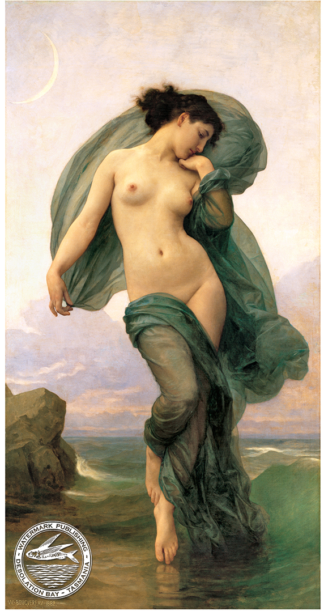
EVENING MOOD 1882 – Offset Print
$ 16.00 Add to cart -
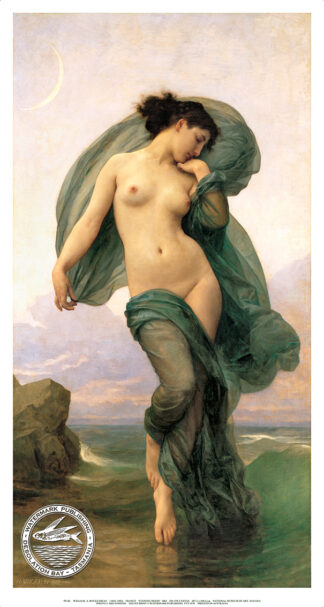
EVENING MOOD 1882 (2) – Offset Print
$ 60.00 Add to cart -
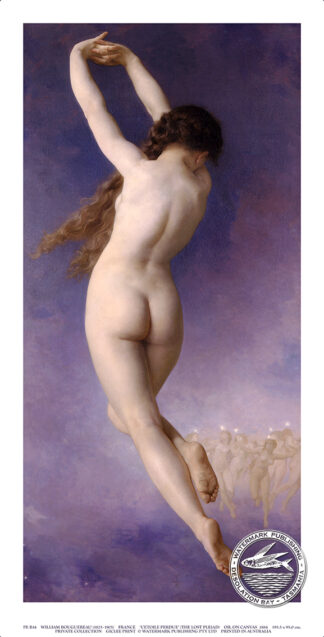
L’ETOILE – Giclee Print
$ 70.00 Add to cart -
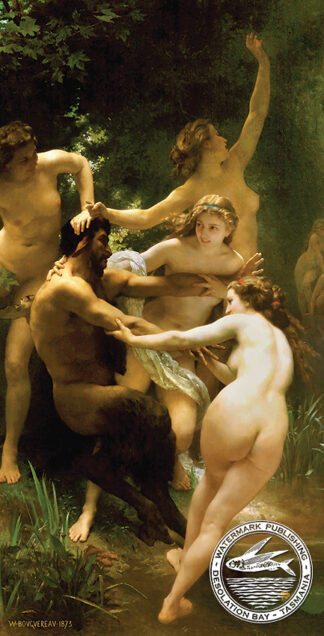
NYMPHS & SATYRS – Greeting Card
$ 4.95 Add to cart -
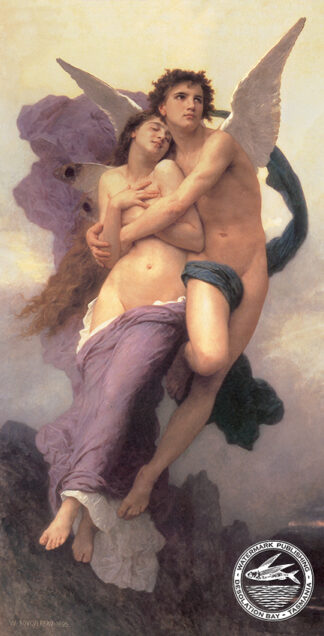
RAVISHMENT OF PSYCHE – Greeting Card
$ 4.95 Add to cart -
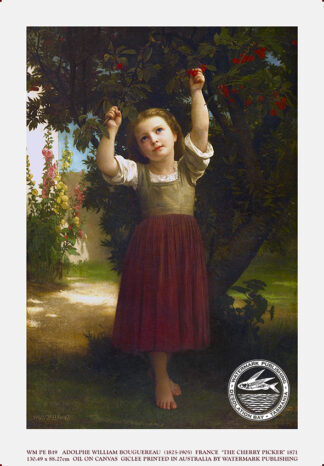
THE CHERRY PICKER – Giclee Print
Read more
Showing 1–16 of 19 results
